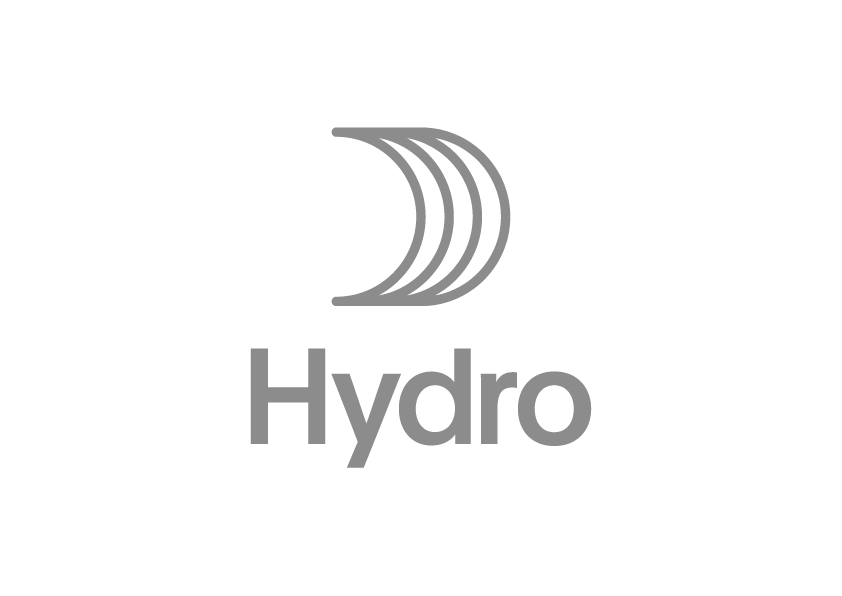RMI collaborated with Norsk Hydro and a prominent U.S. electric vehicle manufacturer (the buyer) to pilot aluminum product-level greenhouse gas (GHG) data reporting, following RMI's Aluminum GHG Emissions Reporting Guidance (hereafter Aluminum Guidance).
Overall, pilot partners gained extra transparency on climate performance of tested products. They further identified RMI's Aluminum Guidance and standardized data exchange format as very helpful in use cases such as supplier and customer engagement, product design, sustainable procurement, and decarbonization strategy development. Throughout this process, the pilot tested the emissions calculation and data transfer of two extruded aluminum car parts from different production sites - a front bumper from Norsk Hydro's Hungary site and a rear bumper from its Phoenix site. Leveraging RMI recommended climate metrics, Norsk Hydro demonstrated its decarbonization efforts at the product level. Reliable and comparable product-level emissions data also improved the buyer's understanding of its upstream scope 3 emissions and informed a more specific supplier engagement plan for reduction.
